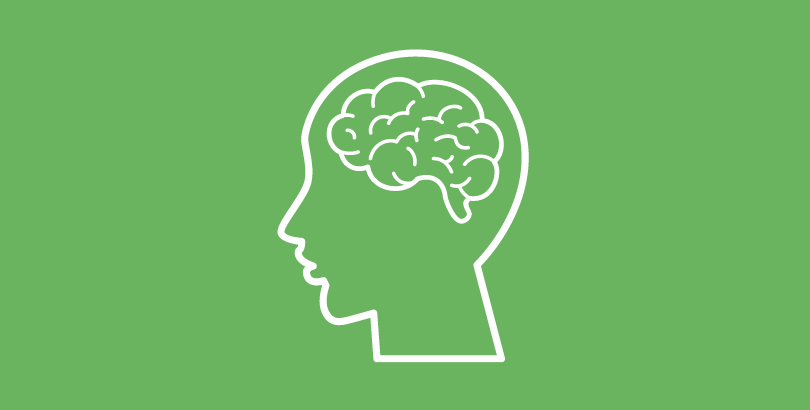How?
“Literacy as described in individual states’ standards is often divided into the four skills (reading, writing, listening and speaking), and language (being attentive to the conventions of the language, using increasingly precise vocabulary, and understanding how language functions). The World-Readiness Standards for Learning Languages support these same elements by emphasizing the purpose behind the communication” (National Standards Collaborative Board, 2015, p. 47). In some situations, listening may be done to understand a message that is heard, read, or viewed (Interpretive Communication). In other situations, listening is combined with speaking for Interpersonal Communication. Likewise, writing may be to create a message that is written, spoken, or through media (Presentational Communication). Sometimes writing is combined with reading, and emphases the exchange of Interpersonal Communication—as in text messaging. “Clearly, different means are required to develop, practice, and assess these skills depending on the communicative purpose behind them. In this way, the modes of communication provide additional insights for developing learners’ literacy whether in their first or second language” (National Standards Collaborative Board, 2015, p. 47).
Through access to authentic literature from another language and culture, learners experience and interpret content and style from the authors of the culture. They gain comprehension skills and interpretation abilities through exposure to a variety of text types that may or may not be familiar to them.
Proficiency development in all three modes of communication is strongly influenced by the learner’s first language literacy strategies (listening, speaking, reading, writing, and using media). Through working with and strengthening those strategies, learners are able to develop stronger literacy in both languages. Second language learners use all means possible to make meaning; gaining awareness of the strategies used to make and express meaning in a second language strengthens learners’ first language strategies. The key question around literacy is to analyze what the author, speaker, or producer of the media wants the reader, listener, or viewer to understand or do. By interpreting and actively comparing linguistic and cultural systems and the interconnections among them, students develop valuable literacy skills.
Critical literacy strategies include the means to access and analyze information, use technology, evaluate messages from a wide variety of media, apply creativity to express and analyze messages, and use critical thinking. These and other 21st century skills are emphasized in language teaching that is guided by the World-Readiness Standards.
Find Out More:
ACTFL: https://www.actfl.org/center-assessment-research-and-development/what-th...
ACTFL: https://www.actfl.org/learn/languages-and-literacy
Carr, C.G. (1994). The effect of middle school foreign language study on verbal achievement as measured by three subtests of the Comprehensive Tests of Basic Skills [Abstract]. Dissertation Abstracts International -A 55(07), 1856.
Kern, R., & Schultz, J. (2005). Beyond orality: Investigating literacy and the literary in second and foreign language instruction. The Modern Language Journal, 89(3), 381-392.
Merisuo-Storm, T. (2007). Pupils’ attitudes towards foreign-language learning and the development of literacy skills in bilingual education. Teaching and Teacher Education, 23(2), 226-235.
National Governors Association Center for Best Practices, Council of Chief State School Officers (CCSSO). (2010). Common core state standards for English language arts and literacy in history/social studies, science, and technical subjects. Washington, DC: Author. (See: www.corestandards.org; also, see each state’s standards for English Language Arts)
The National Standards Collaborative Board. (2015). World-readiness standards for learning languages. Alexandria, VA: Author. (See: http://standards4languages.org )
Warford, M., & White, W. (2012). Reconnecting proficiency, literacy and culture: From theory to practice, Foreign Language Annals, 45(3), 400-414.









